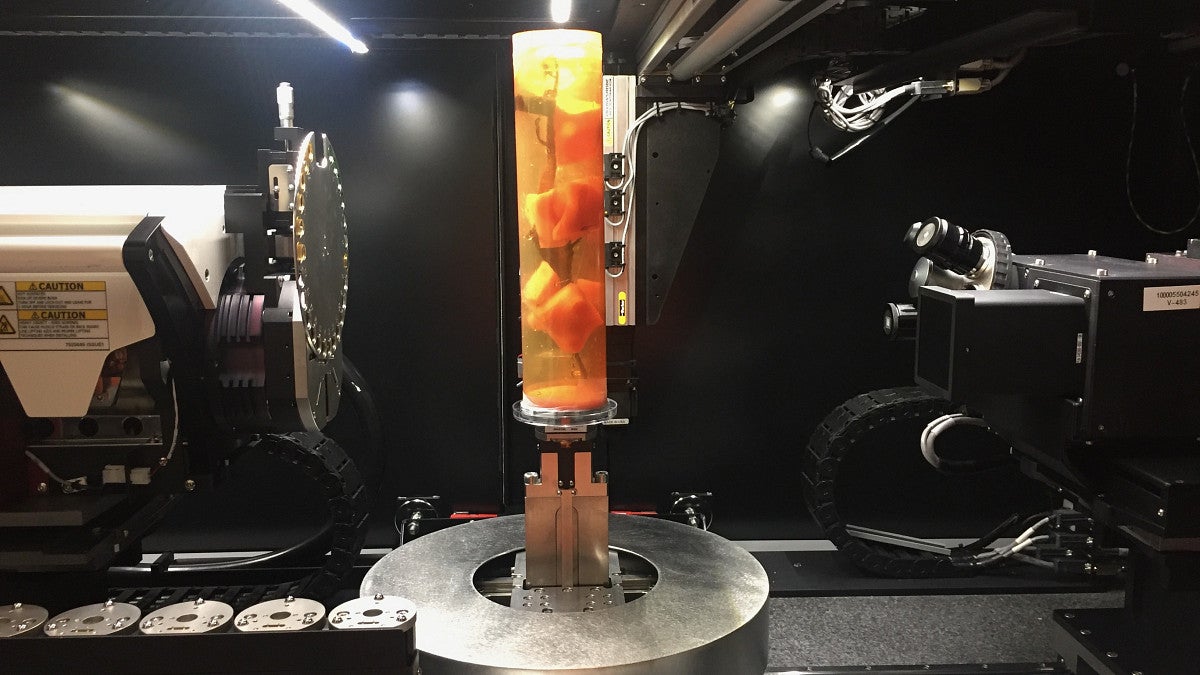At the University of Oregon, data science researchers focus on tackling complex challenges and exploring novel methodologies to extract insights from massive datasets.
Areas of Research Interest:

Read the latest research from our faculty
From conference presentations to academic journals, browse some of UO's published data science research.
2022 |
|
|---|---|
|
Associations between forensic loci and neighboring gene expression levels may compromise medical privacy |
Video abstract: Do forensic profiles reveal medical information? |
|
Predictable Changes in Eelgrass Microbiomes with Increasing Wasting Disease Prevalence across 23° Latitude in the Northeastern Pacific |
Preparing Aquatic Research for an Extreme Future: Call for Improved Definitions and Responsive, Multidisciplinary Approaches |
|
Disease surveillance by artificial intelligence links eelgrass wasting disease to ocean warming across latitudes |
Extreme intraspecific divergence in mitochondrial haplotypes makes threespine stickleback fish an emerging evolutionary mutant model for mito-nuclear interactions |
|
Leafy and Weedy Seadragon Genomes connect Genic and Repetitive DNA Features to the extravagant Biology of Syngnathid Fishes |
The evolution of the testis transcriptome in pregnant male pipefishes and seahorses |
|
Evolution and developmental expression of the sodium iodide symporter (NIS, slc5a5) gene family: Implications for perchlorate toxicology |
Rapid Ground Motion Forecasting for Large Earthquakes with HR-GNSS and Deep Learning |
|
Learning source, path and site effects: CNN-based on-site intensity prediction for earthquake early warning |
Workflow Analysis To Understand Ease of Preparation and Importation of 3D Exemplar Head Scan Data to 3D Modeling Software Programs for N95 Mask Sizing and Fit Sokolowski, S.L., Zou, Y., Searcy, J. International Textile and Apparel Association Annual Conference Proceedings. 2022 |
|
Effectiveness of a COVID-19 Testing Outreach Intervention for Latinx Communities: A Cluster Randomized Trial |
|
2021 |
|
|---|---|
|
Elucidating the adaptive potential of coral holobionts under thermal stress |
Comparative regulomics reveals pervasive selection on gene dosage following whole genome duplication |
|
The Future Is Big—and Small: Remote Sensing Enables Cross-Scale Comparisons of Microbiome Dynamics and Ecological Consequences |
Advancing Human Disease Research with Fish Evolutionary Mutant Models |
|
Rapid Determination of Magnitude, Location, and Source Extent with HR-GNSS and Deep Learning |
Early warning for great earthquakes from characterization of crustal deformation patterns with deep learning |
|
Identification of Low‐Frequency Earthquakes on the San Andreas Fault With Deep Learning |
Towards Automatic Sizing for PPE with a Point Cloud Based Variational Autoencoder |
2020 |
|
|---|---|
|
QTL Mapping of Intestinal Neutrophil Variation in Threespine Stickleback Reveals Possible Gene Targets Connecting Intestinal Inflammation and Systemic Health |
Comparative regulomics reveals pervasive selection on gene dosage following whole genome duplication |
|
Ten simple rules for an inclusive summer coding program for non-CS undergraduates |
Reckoning with our eugenic roots and cultivating anti-racism in science |
|
Understanding our eugenic past to take steps towards scientific accountability |
Eugenics on Campus |
2019 |
|
|---|---|
|
Highly reproducible 16S sequencing facilitates measurement of host genetic influences on the stickleback microbiome |
Developmental tuning of mineralization drives morphological diversity of gill cover bones in sculpins and their relatives |

